 Your new post is loading...
 Your new post is loading...
Technology enables students with nearly infinite information. But kids need help in learning how to learn in order to be creative and knowledgable.
The middle school mind is…different. As 13-year-old Logan LaPlante described in his Ted Talk Hack Schooling Makes Me Happy, “Neuroscientists say that the teenage brain is pretty weird: our prefrontal cortex is underdeveloped, but we actually have more neurons than adults, which is why we can be so creative, and impulsive, and get bummed out.” Truer words were never spoken around this subject.
"The past year has illuminated many things about the way the brain works, including how it responds to games. It is now erroneous to conflate ten hours of Super Mario with minor head trauma. We know that you won’t go blind if you’re looking for coins and bananas and rings on a screen all day. Your motivation and attention span will remain intact no matter what level you reach in Skyrim. In fact, the very latest science is telling us the exact opposite of what we thought all along: video games actually increase brain function."
New research suggests that curiosity triggers chemical changes in the brain that help students better understand and retain information.
"Researchers have long been searching for better ways to learn. In recent decades, experts working in cognitive science, psychology, and neuroscience have opened new windows into how the brain works, and how we can learn to learn better. In this program, we look at some of the big ideas coming out of brain science. We meet the researchers who are unlocking the secrets of how the brain acquires and holds on to knowledge. And we introduce listeners to the teachers and students who are trying to apply that knowledge in the real world."
Researchers in the fairly new field of music neuroscience are finding that kids who learn to play a musical instrument also develop important skills related to literacy, math and mental focus.
"When you’re standing in front of a classroom of students who’re not quite sure they even want to be in your class, much less pay attention to what’s being said, things like neuroscience, research studies, and teaching the way the brain learns are an abstraction. Yet, brain-targeted teaching can engage and excite students because it taps into factors that stimulate the brain, grab the attention, and set the stage for learning."
Increasingly, educators are looking to research about how kids learn to influence teaching practices and tools.
"The human brain wasn’t designed for industrial education. It was shaped over millions of years of sequential adaptation in response to ever-changing environmental demands. Over time, brains grew in size and complexity; old structures were conserved and new structures emerged. As we evolved into social beings, our brains became incredibly sensitive to our social worlds."
New research presented at the Society for Neuroscience meeting suggests that teens are not necessarily wired to be impulsive. Researchers are also learning more about why it's important to treat problems like depression in teens early. According to this post "The teen brain isn't broken," says Jay Giedd, a child psychiatry researcher at the National Institute of Mental Health. He says the rapid changes occurring in the brains of teenagers make these years "a time of enormous opportunity." A new perspective on the adolescent brain...click through to read the complete post.
"There is often a big divide between what happens in the laboratory and the way laboratory findings are practically applied. The relationship between neuroscience research and education is no exception. While there are numerous educational products that claim to be based on neuroscience research (often quite dubiously so), the real impact of brain-based research on education has been much more subtle." This article "highlights some of the key ways that neuroscience is changing the classroom of today for the better." Topics include: cognitive tutoring, later start time in high schools, individualized education, making learning fun, and much more.
"Neuroscience may seem like an advanced subject of study, perhaps best reserved for college or even graduate school. Two researchers from Temple University in Philadelphia propose that it be taught earlier, however—much earlier. As in first grade..."
Our cognitive abilities and decision-making skills can be dramatically hindered in social settings where we feel that we are being ranked or assigned a status level, such as classrooms and work environments, according to new findings from a team of researchers from the California Institute of Technology (Caltech) and four other institutions.
|
Here's the problem with what I'm about to tell you: these tactics may may be news to you, but in psychology circles most of them have been around for dec
What are some of the most encouraging known facts about learning? From taking a walk to learning a new language, there are countless things we can do to
"Recently, the NY Times ran an excellent article entitled: A Natural Fix for ADHD. In this piece, Dr. Richard Friedman, Professor of Clinical Psychiatry and Director of the Psychopharmacology Clinic at Weill Cornell Physicians, explores the neuroscience behind ADHD (Attention Deficit Hyperactivity Disorder). In so doing, Friedman attempts to reframe our understanding of just what ADHD is, and how much more nuanced our approaches for treating it need to be."
“Sticky Teaching”–interesting idea. Learning that lingers. Chris Lema gets at that idea in the following presentation, along with a basic explanation of why this idea works by focusing on the patterns that brains “can’t ignore.” Cool approach, so we’ve taken the six strategies, and given an example for each.
"There has been a large body of work in neuroscience, psychology, and related fields offering more and more insight into how we learn. Below are five of the top tips from Barbara Oakley, Professor of Engineering at Oakland University, who has faced her own learning challenges (failing middle and high school math and science classes), and has made a study of the latest research on learning. She is also offering a free online course, Learning How to Learn, which starts August 1 on the Coursera platform with co-instructor, Prof. Terrence Sejnowski, a computational neuroscientist at UC San Diego and the Salk Institute."
eLearning professionals should learn more about the biological basis of learning. Check out this simple explanation.
"It’s been 25 years since the field of neuroeducation first reared its head in academia...To celebrate the progress of this monumental discipline, we have compiled a list of the 25 most significant findings in neuroscience education over the past 25 years."
'The latest findings from the real neuroscience of creativity suggest that the right brain/left brain distinction is not the right one when it comes to understanding how creativity is implemented in the brain.
"You don’t mean to bore students. In fact, sometimes you’re downright interesting–the students are engaged, the buzz in the room is palpable, and even the hesitant students are asking questions. But the fact of the matter is, even the most charismatic and experienced teachers bore students sometimes. But the good news is, it may not be your fault."
Should teachers be required to learn about the brain, to understand how neuroscience reseach has implications for teaching? This post looks at how neuroscience knowledge strengthens a teachers ability to "help all children build their brain potential." Did you know that new research on the brains' neuroplasticity shows that educators may "help students literally change their brains - and intelligence." Learn about what triggers student behaviors, how to bring neuroscience into education, why frontloading is more critical than ever, and find a wealth of resourcesto help you learn more about the neuroscience of learning as well as resources for your students to learn more about the brain. And if you are looking for a free online course on Neuroscience and the Classroom: Making Connections check out this course from Annenberg Learner: http://www.learner.org/courses/neuroscience/.
Discovering the brain's power to change may be neuroscience's biggest—and most promising—contribution to education. "What we find is people really do change their brain functions in response to experience," said Kurt W. Fischer, the director of Harvard University's Mind, Brain, and Education Program. "It's just amazing how flexible the brain is. That plasticity has been a huge surprise to a whole lot of people."
The image of the 'creative type' is a myth. Jonah Lehrer on why anyone can innovate—and why a hot shower, a cold beer or a trip to your colleague's desk might be the key to your next big idea. From Imagine: How Creativity Works.
|



 Your new post is loading...
Your new post is loading...


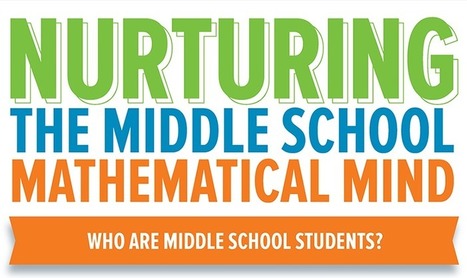
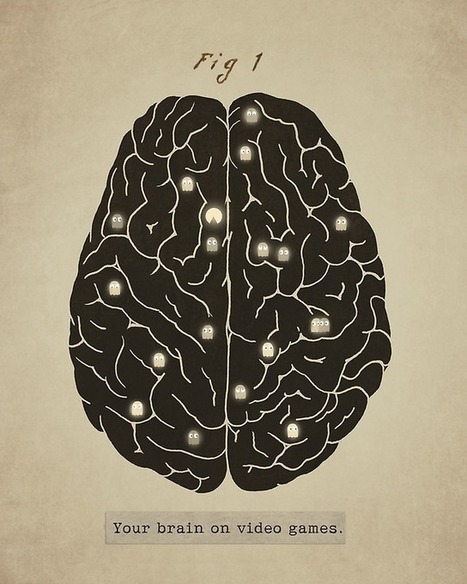

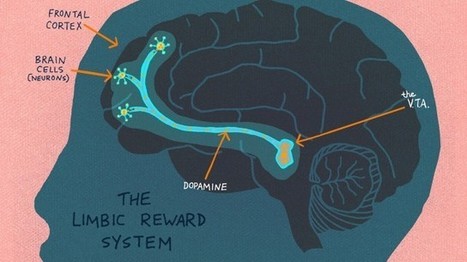

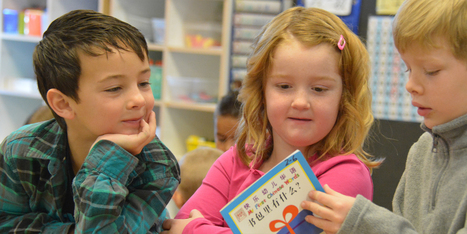
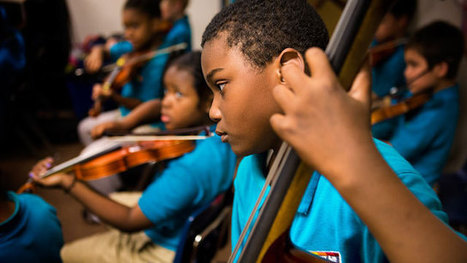





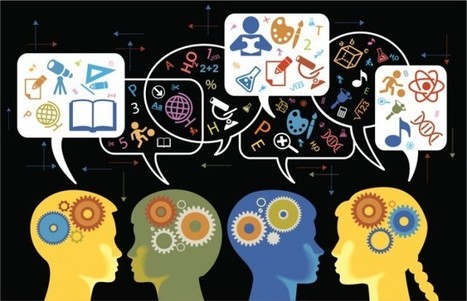







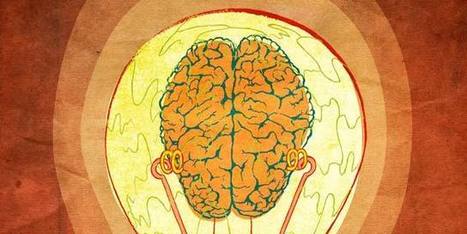



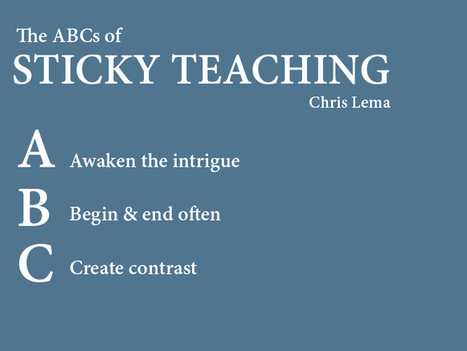
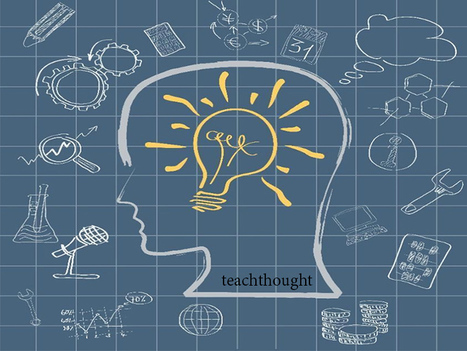
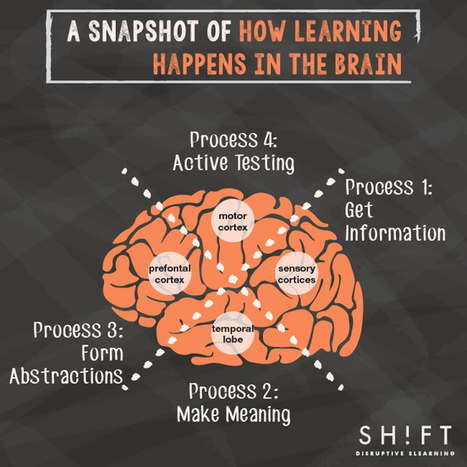


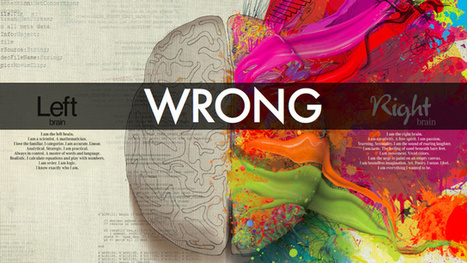



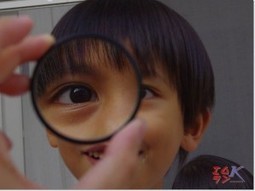


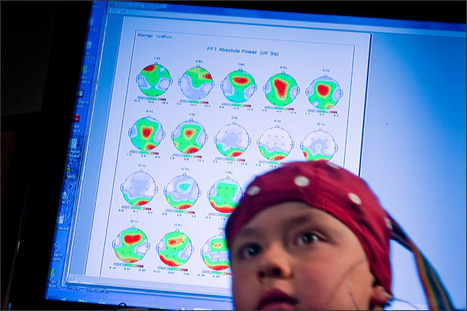






While brain theory is sometimes overrated, this gives good insights.